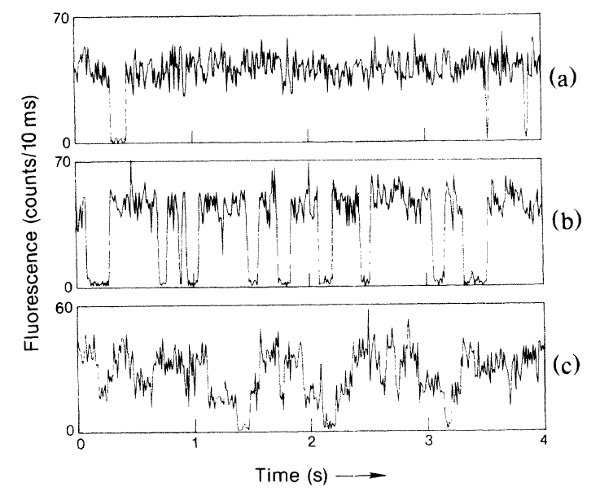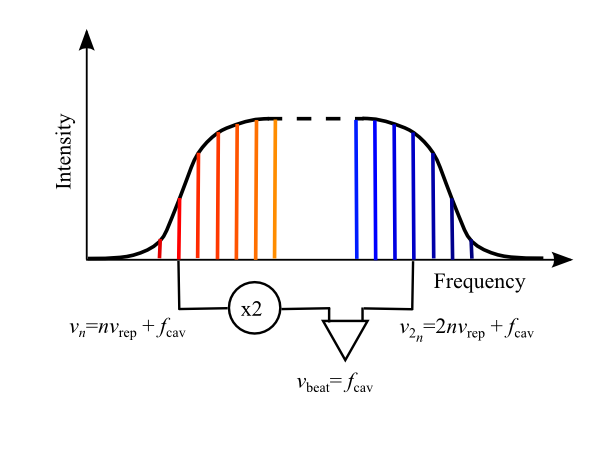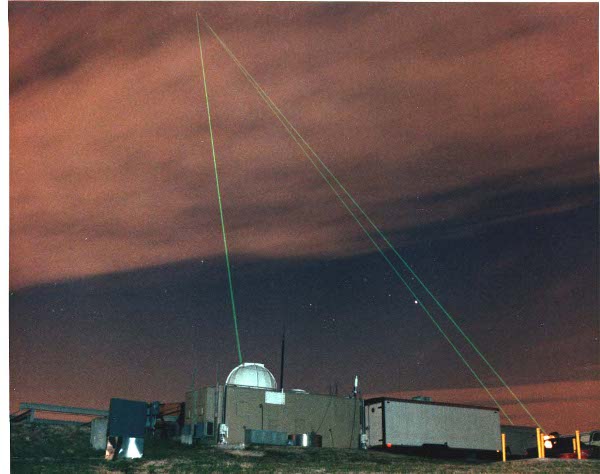I’m rooting around in my bag for a pen, and pull out a laser pointer by mistake. Since I’d really prefer not to be grading, I flip it on and shine it on the floor next to the spot where Emmy is half-dozing. She immediately leaps up (she’s pretty spry for a dog of 12…),… Continue reading How Not to Control the Weather for Your Dog
Category: Lasers
Nobel Prize for Blue LEDs
The 2014 Nobel Prize in Physics has been awarded to Isamu Akasaki, Hiroshi Amano and Shuji Nakamura for the development of blue LED’s. As always, this is kind of fascinating to watch evolve in the social media sphere, because as a genuinely unexpected big science story, journalists don’t have pre-written articles based on an early… Continue reading Nobel Prize for Blue LEDs
Yes Virginia, There Are Quantum Jumps
In a weird coincidence, shortly after I wrote a post about “quantum leap” as a metaphor, I was looking up some stuff about John Bell and ran into mentions of a paper he wrote called “Are There Quantum Jumps?” Bell is borrowing a title from Schrödinger, who wrote a pair of articles (really, one article… Continue reading Yes Virginia, There Are Quantum Jumps
Finding Extrasolar Planets with Lasers
On Twitter Sunday morning, the National Society of Black Physicsts account retweeted this: Using Lasers to Lock Down #Exoplanet Hunting #Space http://t.co/0TN4DDo7LF — ✨The Solar System✨ (@The_SolarSystem) September 28, 2014 I recognized the title as a likely reference to the use of optical frequency combs as calibration sources for spectrometry, which is awesome stuff. Unfortunately,… Continue reading Finding Extrasolar Planets with Lasers
Son of Interstellar Laser Communications
I didn’t plan to do a follow-up to yesterday’s post about the optics of sending messages with lasers, but then I starting idly thinking about detection, prompted in part by a bunch of conversations with my summer students about single-photon detectors. which led to scribbling on the back of an envelope, which led to Googling,… Continue reading Son of Interstellar Laser Communications
Interstellar Laser Communications
In the comments to yesterday’s grumpy post about the Fermi paradox, makeinu raises the idea that advanced aliens would be using more targeted communications than we do: On the point about electromagnetic communications: even we are now using lasers to target communications with space, because it’s simply more efficient and reliable. It’s also basically impossible… Continue reading Interstellar Laser Communications
Laser-Cooled Atoms: Ytterbium
Element: Ytterbium (Yb) Atomic Number: 70 Mass: Seven “stable” isotopes, from 168 to 176 amu. Two of those are nominally radioactive, with half-lives vastly in excess of the age of the universe. Laser cooling wavelength: 399 nm and 556 nm. Doppler cooling limit: 690 μK in the UV and 4.4 μK in the green. Chemical… Continue reading Laser-Cooled Atoms: Ytterbium
Laser-Cooled Atoms: Cesium
Element: Cesium (Cs) Atomic Number: 55 Mass: One stable isotope, mass 133 amu. Laser cooling wavelength: 854nm, but see below. Doppler cooling limit: 125 μK. Chemical classification: Yet another alkali metal, column I of the periodic table. This one isn’t greyish, though! It’s kind of gold color. Still explodes violently in water, though. Other properties… Continue reading Laser-Cooled Atoms: Cesium
Laser-Cooled Atoms: Chromium
Element: Chromium (Cr) Atomic Number: 24 Mass: Four “stable” isotopes between 50 and 54 amu. Chromium-50 is technically radioactive, with a half-life considerably longer than the age of the universe, so… Laser cooling wavelength: 425nm, but see below. Doppler cooling limit: 120 μK. Chemical classification: Transition metal, smack in the middle of the periodic table.… Continue reading Laser-Cooled Atoms: Chromium
Laser-Cooled Atoms: Lithium
Element: Lithium (Li) Atomic Number: 3 Mass: Two stable isotopes, masses 6 and 7 amu Laser cooling wavelength: 671 nm Doppler cooling limit: 140 μK. Chemical classification: Alkali metal, column I in the periodic table. Yet another greyish metal. We’re almost done with alkalis, I promise. Less reactive than any of the others, so the… Continue reading Laser-Cooled Atoms: Lithium








